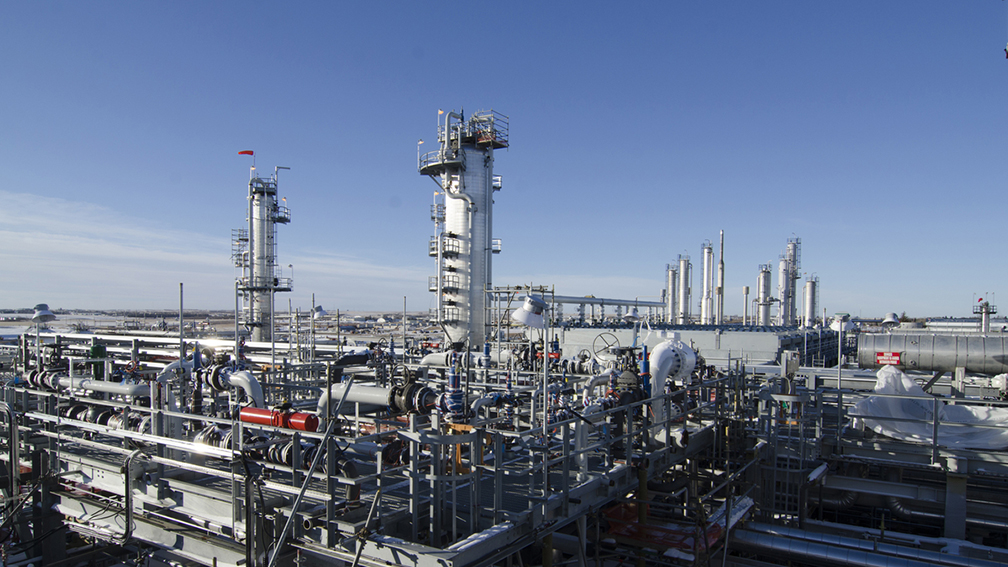FERC-NERC Report Highlights Improved Winter Resilience of U.S. Natural Gas System
(P&GJ) — The Natural Gas Council (NGC), whose members represent the full natural gas value chain, welcomed a new joint report from the Federal Energy Regulatory Commission (FERC) and the North American Electric Reliability Corporation (NERC), recognizing the strong performance of the U.S. natural gas system during recent winter storms and periods of record demand.
The report finds that the natural gas market met record-setting demand during January 2025's arctic events, with infrastructure—from wellheads and gathering systems to processing plants, pipelines, and local distribution—operating reliably. The system experienced fewer disruptions than during Winter Storms Uri (2021) and Elliott (2022), avoiding widespread freezing, mechanical failures, or production losses.
Key findings include:
- “Natural gas entities appear to be showing continuous improvement from prior winter storm experiences on their cold weather performance, preparations, and communications.”
- “Not only were the production losses lower compared to prior winter storms, but the duration of the losses was much shorter.”
- “Interstate natural gas pipelines appear to have issued more proactive and more frequent notices... pipeline personnel also participated in situational awareness calls to better coordinate on natural gas inventories, compressor station availability, and pipeline readiness.”
- “VACAR South noted it benefited from the Mountain Valley Pipeline, which reached full capacity in January 2025... playing a crucial role in maintaining reliable electric supply during this high demand period.”
The report also noted the natural gas system supported peak demand of more than 150 billion cubic feet per day during Winter Storm Enzo—9.5% above the peak consumption during the 2014 Polar Vortex. During the storm, natural gas-fired power generation added 122 GW beyond typical winter levels, reaching 291 GW versus the average 169 GW.
PJM's recent winter assessment echoed these findings, stating that “[g]eneral consensus is that the upstream gas sector (producers, gatherers, and processors) has ramped up their winter preparedness and equipment winterization efforts since Winter Storm Elliott.”
January 2025 was the coldest in more than 30 years based on gas-weighted heating degree days (HDDs). As of January 28, cumulative HDDs for the lower-48 states totaled 982—the fifth highest since 1982 and the most since 1994. This Arctic blast pushed lower-48 demand to an all-time high. (See AGA’s Natural Gas Market Indicators for January 30.)
The NGC also acknowledged efforts by regional operators that enabled gas-fired generators to make early supply arrangements ahead of the storm. These early commitments and improved load forecasting boosted generator fuel availability.
While the natural gas system has shown significant resilience, the report notes that infrastructure must continue to keep pace with rising demand from AI data centers, crypto mining, and electrification trends.
Related News
Related News

- Kinder Morgan Proposes 290-Mile Gas Pipeline Expansion Spanning Three States
- Enbridge Plans 86-Mile Pipeline Expansion, Bringing 850 Workers to Northern B.C.
- Intensity, Rainbow Energy to Build 344-Mile Gas Pipeline Across North Dakota
- Tallgrass to Build New Permian-to-Rockies Pipeline, Targets 2028 Startup with 2.4 Bcf Capacity
- U.S. Moves to Block Enterprise Products’ Exports to China Over Security Risk
- U.S. Pipeline Expansion to Add 99 Bcf/d, Mostly for LNG Export, Report Finds
- A Systematic Approach To Ensuring Pipeline Integrity
- 275-Mile Texas-to-Oklahoma Gas Pipeline Enters Open Season
- US Poised to Become Net Exporter of Crude Oil in 2023
- EIG’s MidOcean Energy Acquires 20% Stake in Peru LNG, Including 254-Mile Pipeline





Comments